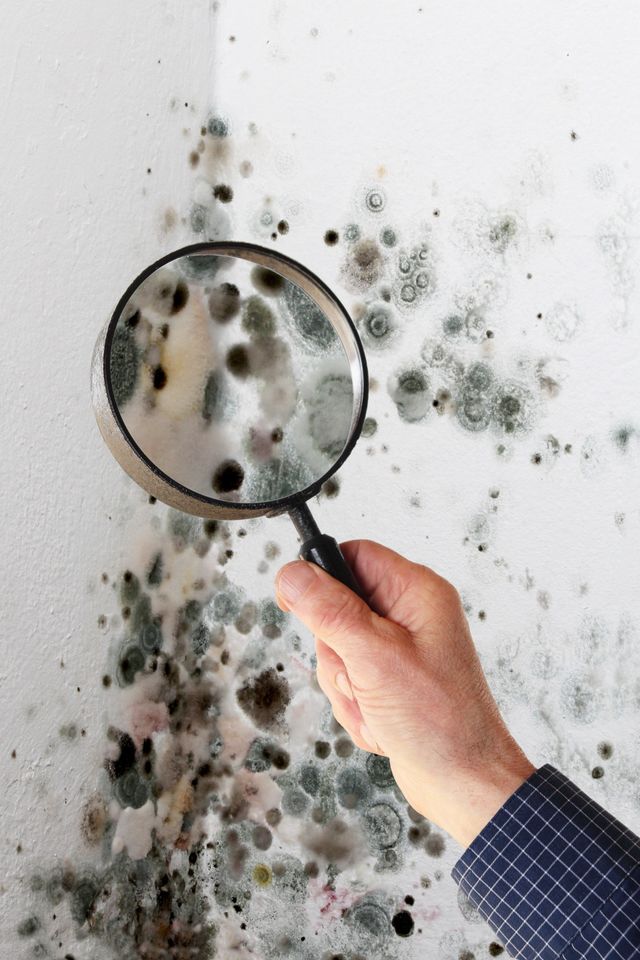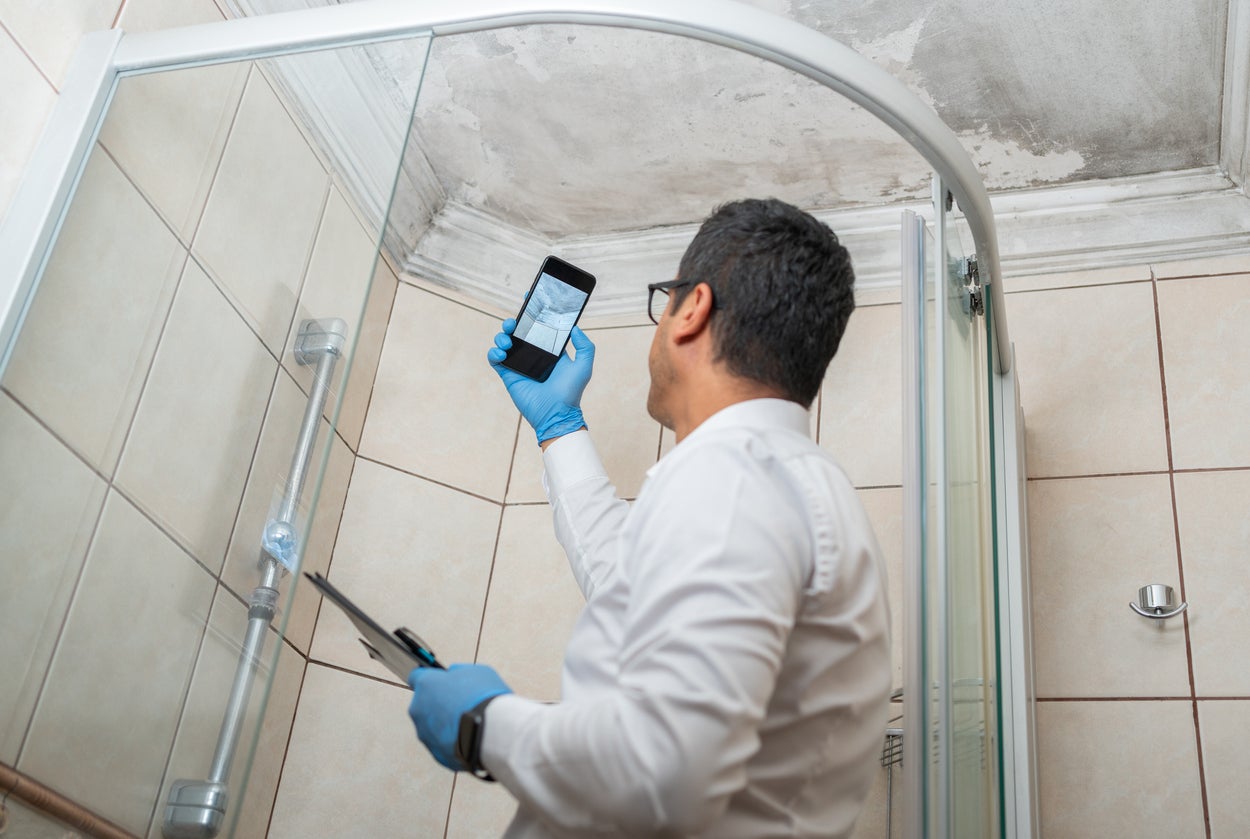Testing Air Quality After Mold Remediation
Testing Air Quality After Mold Remediation
Blog Article
Your Ultimate Guide to Post Mold And Mildew Remediation Methods
In the results of mold and mildew invasion, recognizing exactly how to successfully eradicate the mold and mildew and stop its reoccurrence is critical for keeping a healthy interior setting. From selecting the ideal cleaning and decontaminating techniques to implementing methods for long-term mold and mildew avoidance, each step in the removal trip plays a critical role in guaranteeing an effective outcome.
Recognizing Post-Mold Removal Refine
After completing the mold and mildew removal process, it is important to understand the post-mold removal techniques that are essential to make sure a reliable and extensive cleaning. Once the mold and mildew has actually been gotten rid of, the following step includes cleaning and disinfecting the impacted locations to stop any type of regrowth of mold and mildew. This includes utilizing specialized cleaning up representatives to clean down surface areas and kill any kind of remaining mold spores. It is important to dry out the location entirely to discourage the growth of mold and mildew in the future (Post Mold remediation cleaning). Proper air flow and dehumidification can aid in this procedure.
Furthermore, conducting a last inspection post-remediation is important to make certain that all mold and mildew has actually been efficiently removed. If the inspection discloses any kind of lingering mold, additional removal might be required.
Reliable Cleaning and Sanitizing Approaches

Stopping Future Mold And Mildew Growth

Value of Correct Air Flow
Correct ventilation plays a critical duty in stopping dampness buildup, a vital factor in mold and mildew growth within interior atmospheres. Effective ventilation systems aid remove excess humidity from the air, lowering the opportunities of mold spores locating the dampness they need to germinate and spread out. Without ample air flow, interior areas can become a breeding place for mold and mildew, resulting in possible health and wellness threats and structural damages.
By ensuring correct air blood circulation, ventilation systems can likewise aid in drying wet areas quicker after water look what i found damage or flooding events, better deterring mold and mildew growth. Post Remediation verification. Precede like shower rooms, cooking areas, cellars, and attics where dampness degrees have a tendency to be greater, setting up and keeping efficient ventilation systems is essential in protecting against mold invasions

Tracking and Upkeep Tips
Offered the critical role that proper air flow plays in stopping mold growth, it is essential to develop efficient tracking and maintenance suggestions to make sure the continued capability of air flow systems. Routine evaluations of air flow systems need to be conducted to examine for any indicators of blockages, leaks, or breakdowns that might hinder proper airflow. Tracking moisture degrees within the building is likewise crucial, as high moisture can add to mold development. Mounting a hygrometer can aid track humidity levels and sharp house owners to any type of spikes that may require focus. In addition, guaranteeing that air filters are frequently cleansed or replaced is essential for preserving the efficiency of the air flow system. Carrying out a routine for regular upkeep jobs, such as air duct cleansing and heating and cooling system inspections, can assist protect against issues before they intensify. By staying mindful and aggressive to the problem of ventilation systems, homeowner can successfully minimize the threat of mold and mildew regrowth and maintain a healthy and balanced interior atmosphere.
Conclusion
To conclude, post-mold remediation strategies are necessary for making sure a safe and clean environment. Comprehending the process, executing reliable cleansing and sanitizing techniques, preventing future mold growth, maintaining appropriate air flow, and normal monitoring are all remove mold in shower essential action in the remediation procedure. By adhering to these guidelines, you can effectively remove mold and mildew and prevent its return, promoting a healthy living or functioning space for all passengers.
In the after-effects of mold problem, recognizing how to efficiently get rid of the mold and prevent its reoccurrence is extremely important for keeping a healthy interior atmosphere. As soon as the mold and mildew has been gotten rid of, the next step includes cleaning and sanitizing the affected locations to stop any regrowth of mold and mildew - Post Remediation verification. After removing noticeable mold and mildew development, it is crucial to cleanse all surfaces in the afflicted area my explanation to get rid of any type of staying mold and mildew spores. To further boost mold and mildew prevention measures, it is vital to deal with underlying concerns that originally led to mold and mildew advancement.Offered the essential role that appropriate ventilation plays in protecting against mold and mildew development, it is crucial to develop reliable tracking and maintenance tips to make certain the continued functionality of ventilation systems
Report this page